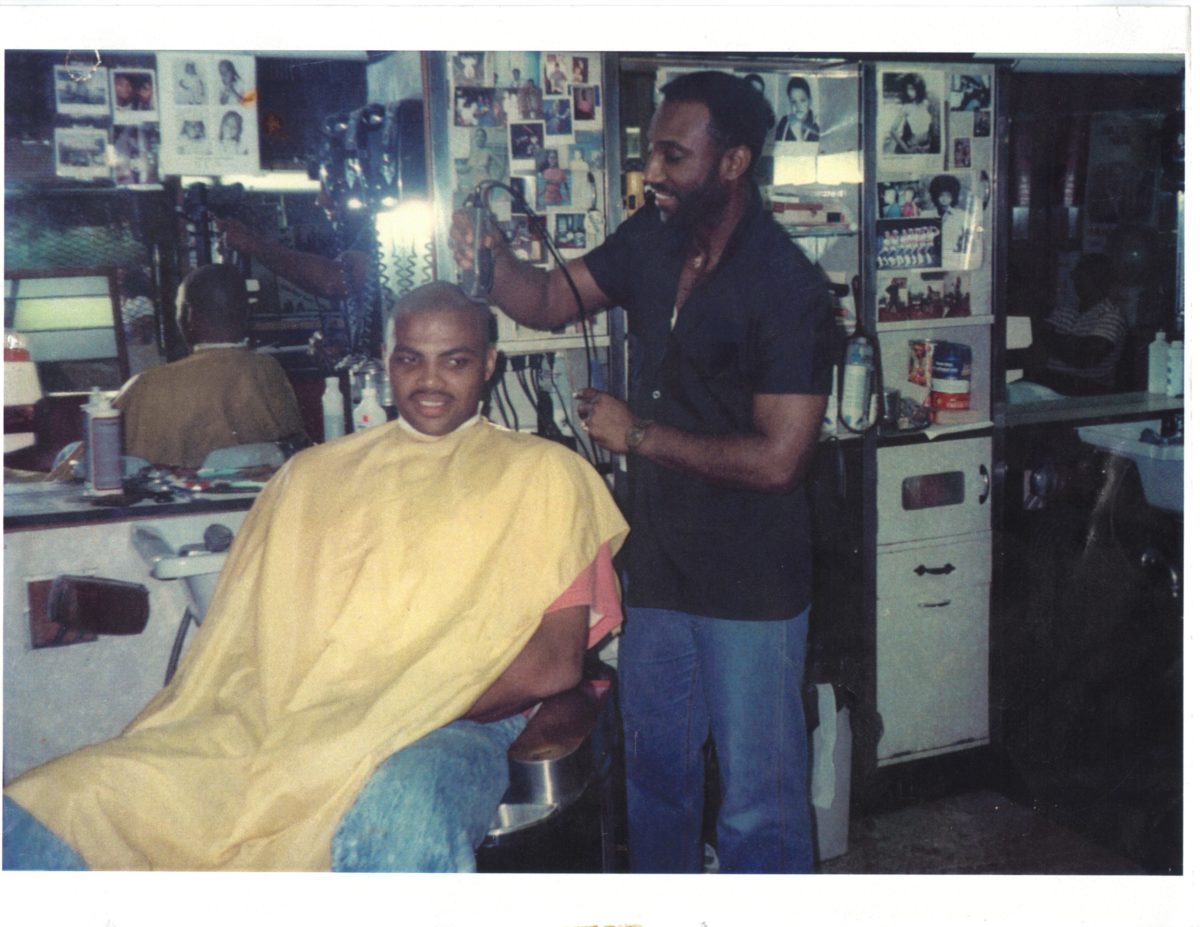Perfecting the Skill of Effectively Describing Your Preferred Cut to Your Stylist So You Get The Hair Style You Really Want
When consulting a hairstylist, being able to accurately describe your ideal hairstyle is essential for achieving the intended look. A thorough explanation helps the stylist understand your vision and minimizes the chances of miscommunication. To ensure that you get the haircut you want, it is necessary to prepare in advance and think about several key factors when articulating your style goals. These factors include hair length, consistency, style, and any specific elements that you would like to incorporate.
Firstly, consider the length of your hair. Haircuts can range from very short styles like pixies to long layers that fall below the shoulders. It is helpful to specify whether you want a trim, a significant cut, or a complete transformation. Using precise terms such as "shoulder-length" or "mid-back" can provide clarity. Additionally, discussing the possibility of bangs or layers helps the stylist visualize your request more accurately. Being clear about how much length you wish to maintain or remove will significantly influence the outcome of your haircut.
Secondly, hair texture plays a crucial function in determining how a style will look. Different hair types—such as straight, rippled, curly, or kinky—respond uniquely to specific styles. When explaining your ideal cut, it is essential to note your tresses’ inherent structure and whether you plan to buzz cut utilize any styling tools or products. For example, if you have thick hair, you may want to ask for thinning techniques to minimize bulkiness. Alternatively, if your hair is thin, you might seek texturizing that create volume. This detail allows the professional to customize the style based on how your hair responds.

In addition to length and texture, sharing the general style you want can provide guidance for the stylist. There are a variety of hairstyles to choose from, including timeless cuts like bobs and modern options like asymmetrical styles. It is helpful to provide examples of looks that appeal to you—these could be images from print media or online portfolios. Highlighting distinct elements such as soft edges, sharp lines, or stacked layering can assist in expressing your vision more effectively. This guarantees that both you and your hair expert are on the same understanding regarding desired outcome.
Lastly, don't neglect to include any unique traits that might elevate your haircut. This could involve aspects such as face shape or individual aesthetic choices that affect the overall appearance. For instance, those with circular face shapes might prefer gentle contours to lengthen their appearance, while clients with square faces may opt for blended layering to soften their jaw structure. In addition, talking about color options can also be part of this consultation; specifying if edgy haircuts you want accent tones or a solid color can further define your desired result.
In conclusion, successfully communicating your desired style requires careful evaluation of several key elements: length, texture, look, and unique features. By planning in advance and being clear about these elements, clients can significantly improve their visit at the salon and boost the likelihood of leaving with a result they love. A productive consultation with a hair professional is founded upon clear communication and shared expectations. This collaborative approach guarantees that both client and technician work together towards creating the perfect look.